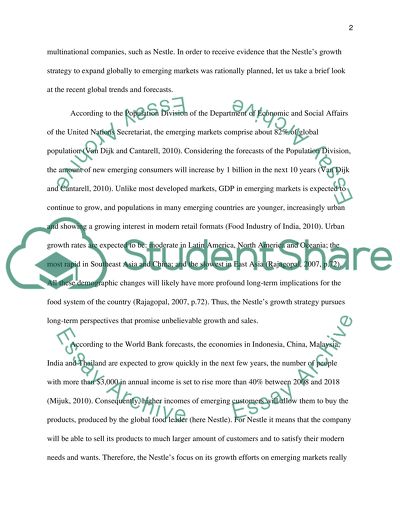Cite this document
(“Business synoptic - Nestle( case study& Questions) Essay”, n.d.)
Retrieved from https://studentshare.org/environmental-studies/1407862-business-synoptic-nestle-case-study-questions
Retrieved from https://studentshare.org/environmental-studies/1407862-business-synoptic-nestle-case-study-questions
(Business Synoptic - Nestle( Case study& Questions) Essay)
https://studentshare.org/environmental-studies/1407862-business-synoptic-nestle-case-study-questions.
https://studentshare.org/environmental-studies/1407862-business-synoptic-nestle-case-study-questions.
“Business Synoptic - Nestle( Case study& Questions) Essay”, n.d. https://studentshare.org/environmental-studies/1407862-business-synoptic-nestle-case-study-questions.


